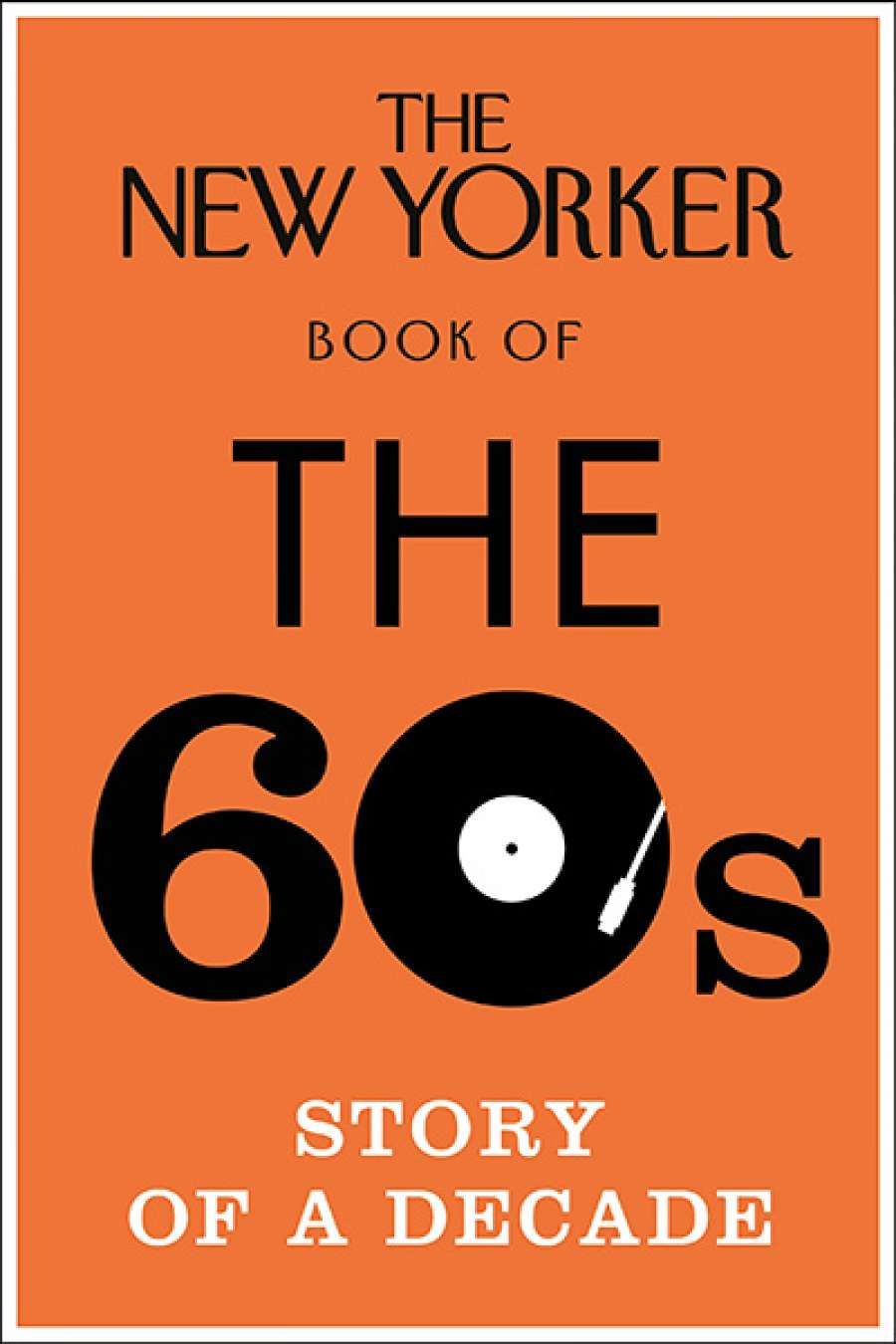
- Free Article: No
- Contents Category: Anthologies
- Custom Article Title: Diana Bagnall reviews 'The New Yorker Book of the 60s: Story of a decade' edited by Henry Finder
- Book 1 Title: The New Yorker Book of the 60s
- Book 1 Subtitle: Story of a decade
- Book 1 Biblio: William Heinemann $69.99 hb, 705 pp, 9780434022434
The 20,000-word autobiographical essay he eventually delivered was a polemic of howling beauty that ranged across the black church, the Nation of Islam, and the racial crisis. Not only was it calculated to offend white liberals (a fair chunk of the magazine’s readership) but it had an unmistakably incendiary whiff about it: ‘The only thing white people have that black people need, or should want, is power – and no one holds power forever,’ thundered Baldwin in oracle mode.
The courteous Shawn was ‘well aware that ... [the essay] was a mold breaker for a magazine that had thrived for so long on reportage, humor, fiction and, for the most part, a generalized equanimity’, writes his successor David Remnick (Editor since 1998) in a short introduction to this elegantly packaged compendium. Shawn held his course, and published Baldwin’s ‘Letter from a Region in My Mind’ in November 1962. It exploded in the expected faces, and gave impetus to the next phase of the civil rights movement, Black Power.
 James Baldwin (Wikimedia Commons)Baldwin’s article made a big bang, but it was just one of several lobbed by The New Yorker in an explosive decade when the tenor of the magazine was reshaped by Shawn. In June 1962, the magazine began serialising marine biologist Rachel Carson’s conservation manifesto ‘Silent Spring; in February 1963 it ran Hannah Arendt’s report of Nazi criminal Adolf Eichmann’s trial in Jerusalem; and in 1965 it published Truman Capote’s creepy ‘non-fiction novel’ In Cold Blood. All were news-stand sensations. Their influence is still felt today.
James Baldwin (Wikimedia Commons)Baldwin’s article made a big bang, but it was just one of several lobbed by The New Yorker in an explosive decade when the tenor of the magazine was reshaped by Shawn. In June 1962, the magazine began serialising marine biologist Rachel Carson’s conservation manifesto ‘Silent Spring; in February 1963 it ran Hannah Arendt’s report of Nazi criminal Adolf Eichmann’s trial in Jerusalem; and in 1965 it published Truman Capote’s creepy ‘non-fiction novel’ In Cold Blood. All were news-stand sensations. Their influence is still felt today.
George Packer, a star of the contemporary magazine’s writing stable, says it was in the 1960s that The New Yorker lost its ‘habitual cool’ and acquired a social conscience. From Woodstock to the moon landing; from the Cuban Missile Crisis to the Prague Spring; from the assassination of John F. Kennedy to the revolution in the Vatican; from Cassius Clay to the Beatles, The New Yorker put its writers out there. Some were surprisingly young, others were at the top of their game. Their reporting is delicately detailed, their sentences finely shaped, and they always have a point of view, even when it is later proven wrong. Still do. The New Yorker is never dull, for, as Adam Gopnik comments in his introduction to ‘The Critics’, it is a magazine that was ‘always meant to be read for pleasure in the first instance’.
Here’s E.J. Kahn Jr (a staff writer for five decades) getting amongst the occupiers of the Harvard Yard in 1969; here, that same year, is Pauline Kael, the magazine’s most famous film critic, flaying Butch Cassidy and the Sundance Kid (ouch); here’s Ellen Willis, who died too young, writing a deadpan sociological analysis of rock music in 1968 (she was twenty-seven at the time); here’s Michael J. Arlen, television critic, mowing down the networks’ lazy coverage of the Vietnam war on a lazy summer’s day in 1967.
A few bylines are familiar – Lillian Ross and E.B. White are part of the magazine’s mythology; John McPhee and Calvin Trillin, both represented here, are still contributors fifty years on. Readers will recognise poets and short story writers (Sylvia Plath, John Cheever), and profile subjects (Bob Dylan, Marshall McLuhan, Ronald Reagan). But so many marvellous journalists have been forgotten, among them Renata Adler, Richard H. Rovere, Henry S.F. Cooper Jr, and Flora Lewis. All once had big reputations, deservedly.
The staff writers who have contributed the sharp and insightful ‘notes’ that introduce each of the nine parts of the compendium – organised to reflect the usual content list of the weekly magazine, minus the famous cartoons, regrettably – include Packer, Gopnik, Malcolm Gladwell, Jill Lepore, and Evan Osnos. They are the hope of a side, led by the urbane Remnick, that each week gives many of us reason not to despair about the barbarians at the gate. They too will one day be forgotten – oblivion is a hazard of the occupation – but not The New Yorker. Please, not The New Yorker.


Comments powered by CComment